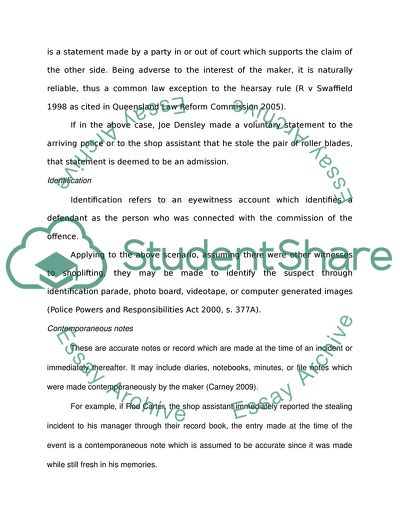Cite this document
(Application of Procedural and Evidentiary Rules Assignment Example | Topics and Well Written Essays - 1500 words, n.d.)
Application of Procedural and Evidentiary Rules Assignment Example | Topics and Well Written Essays - 1500 words. https://studentshare.org/law/1731868-apply-procedural-and-evidentiary-rules
Application of Procedural and Evidentiary Rules Assignment Example | Topics and Well Written Essays - 1500 words. https://studentshare.org/law/1731868-apply-procedural-and-evidentiary-rules
(Application of Procedural and Evidentiary Rules Assignment Example | Topics and Well Written Essays - 1500 Words)
Application of Procedural and Evidentiary Rules Assignment Example | Topics and Well Written Essays - 1500 Words. https://studentshare.org/law/1731868-apply-procedural-and-evidentiary-rules.
Application of Procedural and Evidentiary Rules Assignment Example | Topics and Well Written Essays - 1500 Words. https://studentshare.org/law/1731868-apply-procedural-and-evidentiary-rules.
“Application of Procedural and Evidentiary Rules Assignment Example | Topics and Well Written Essays - 1500 Words”. https://studentshare.org/law/1731868-apply-procedural-and-evidentiary-rules.


